Making Delicious Han River Ramen: A Complete Basic Guide!
Making Delicious Han River Ramen: A Complete Basic Guide
As the weather gets nicer, many people find themselves enjoying leisurely strolls along the Han River.
Near my workplace, there’s a bustling scene of foreigners eager to try their hand at making Han River Ramen.
While the convenience store ramen machines offer basic instructions, let’s delve deeper into crafting a truly delicious bowl and explore ways to elevate it with additional ingredients readily available at the store.
(I’ve focused specifically on utilizing ingredients available in the convenience store, which adds an interesting dimension to the Han River Ramen experience.)
Where to Find Han River Ramen:
Convenient stores near the Han River, especially Ttukseom Hangang Park (뚝섬 한강공원) is my go-to spots. You’ll easily spot the ramen machines placed near these stores.
And in this park, you can see many convenient stores, and they all sold Han River Ramen, and the Ramen machine is placed nearby the store, so don’t need to confuse!
Recommended Ramen Types:
The selection is limited in the convenient stores, but here are some popular options to Korean:
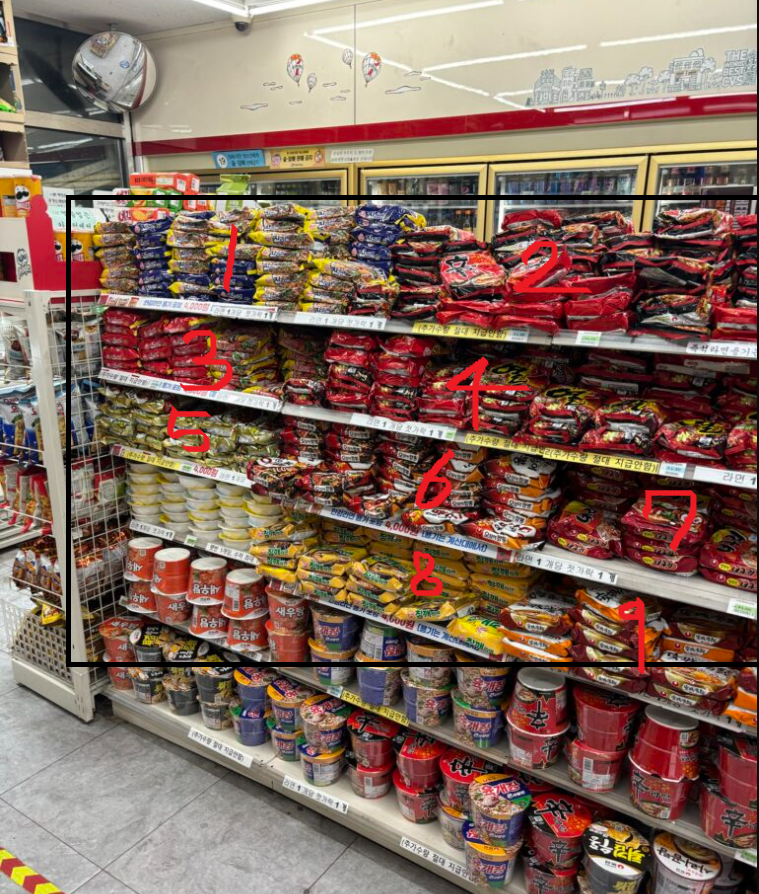
- 진라면 순한맛(Jin Ramen Mild Flavor): Mild and not too spicy, but leans towards a more Japanese-style flavor. So I don’t recommend it to foreigners who come to Korean first.
- 신라면(Shin Ramen): The iconic spicy ramen of Korea. If you’re unsure which ramen to choose, just go for it. But keep in mind that it’s spicier than others. The “신” in its name indicates spiciness. However, it’s not as spicy as 불닦볶음면, so even those who aren’t accustomed to spicy food like me who can enjoy 신라면.
- 진라면(Jin Ramen): Another favorite, less spicy than 신라면, suitable for those with a milder palate
- 열라면(Yeol Ramen): For those who love spicy food, it offers an extra kick compared to 신라면.
- 짜파게티(Chapagetti): A unique option resembling 짜장면(Black-bean-sauce noodles), slightly sweet and not spicy. A recommended choice for foreigners.
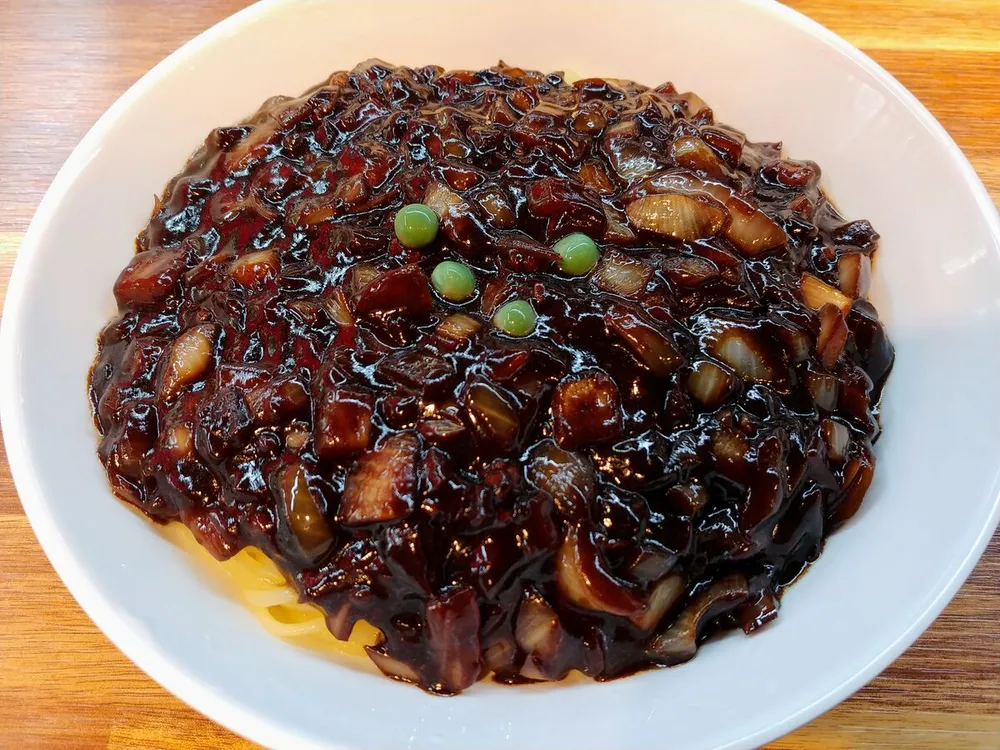
- 오징어짬뽕: A flavorful option with seafood spices, though less popular among locals.
- 너구리라면: Known for its thicker noodles and seafood flavors. It’s also one of the populars.
- 참깨라면: Features sesame oil for a distinct flavor profile, slightly oily but loved by many.
- 안성탕면: Offers a savory taste, but I don’t usually have it, so I don’t know what this taste exactly.
Now you can decide what to eat. The process for making almost all types of ramen is similar, except for 짜파게티.
How to Prepare Ramen (Except 짜파게티):
Now, when you buy ramen at the convenience store, you’ll receive a package containing ramen, a ramen plate, and a pair of chopsticks. Follow these instructions, which differ slightly from what’s written on the ramen machine, but are more natural for Koreans. Let me explain.
1. Open the Ramen Packet:
Inside, you’ll find ramen noodles and flakes. Place them on the plate, with my recommendation being to put the flakes underneath the noodles for even distribution.

2. Setting Up the Ramen Machine:
Place the ramen plate into the machine and select the appropriate cooking option:
You can see 5 buttons:
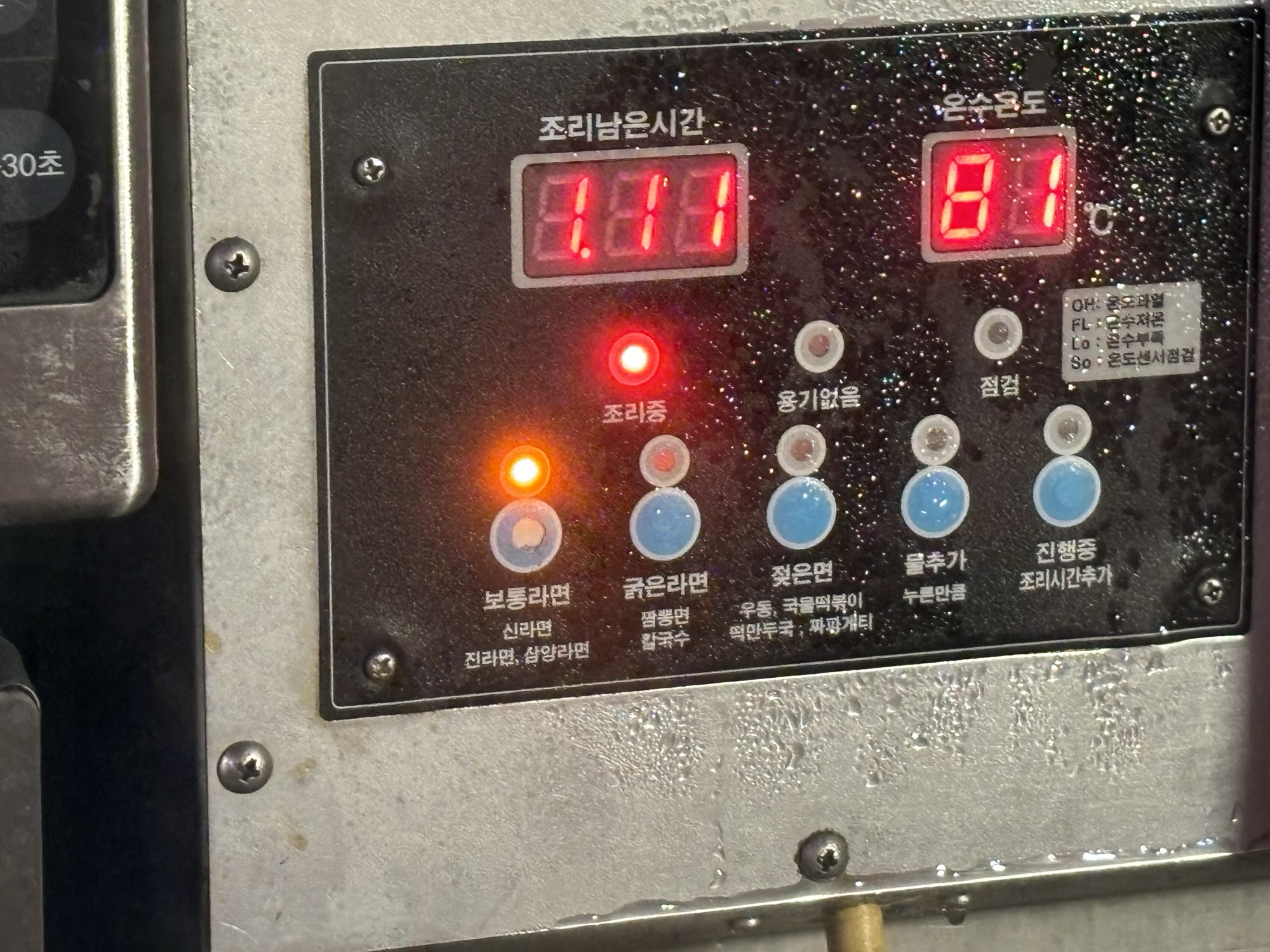
I will tell you how to control it:
From the left side,
The first one is “보통라면” (Normal Ramen): Suitable for most ramen types.
The second is “굵은라면” (Thick Noodles): Use for 너구리라면 or 오징어짬뽕.
Third button is ““젖은면” (Wet Noodles): Specifically for 짜파게티.
And avoid pressing the “Add water” button for an authentic taste. The “Add time” button can be used to extend cooking time if needed.
I typically press the “Add time” button once to enhance the flavor profile and make it more vibrant.
And as you can see, on the upper side of the button, there are two signs.
The important one is “조리남은시간” which indicates the remaining cooking time.
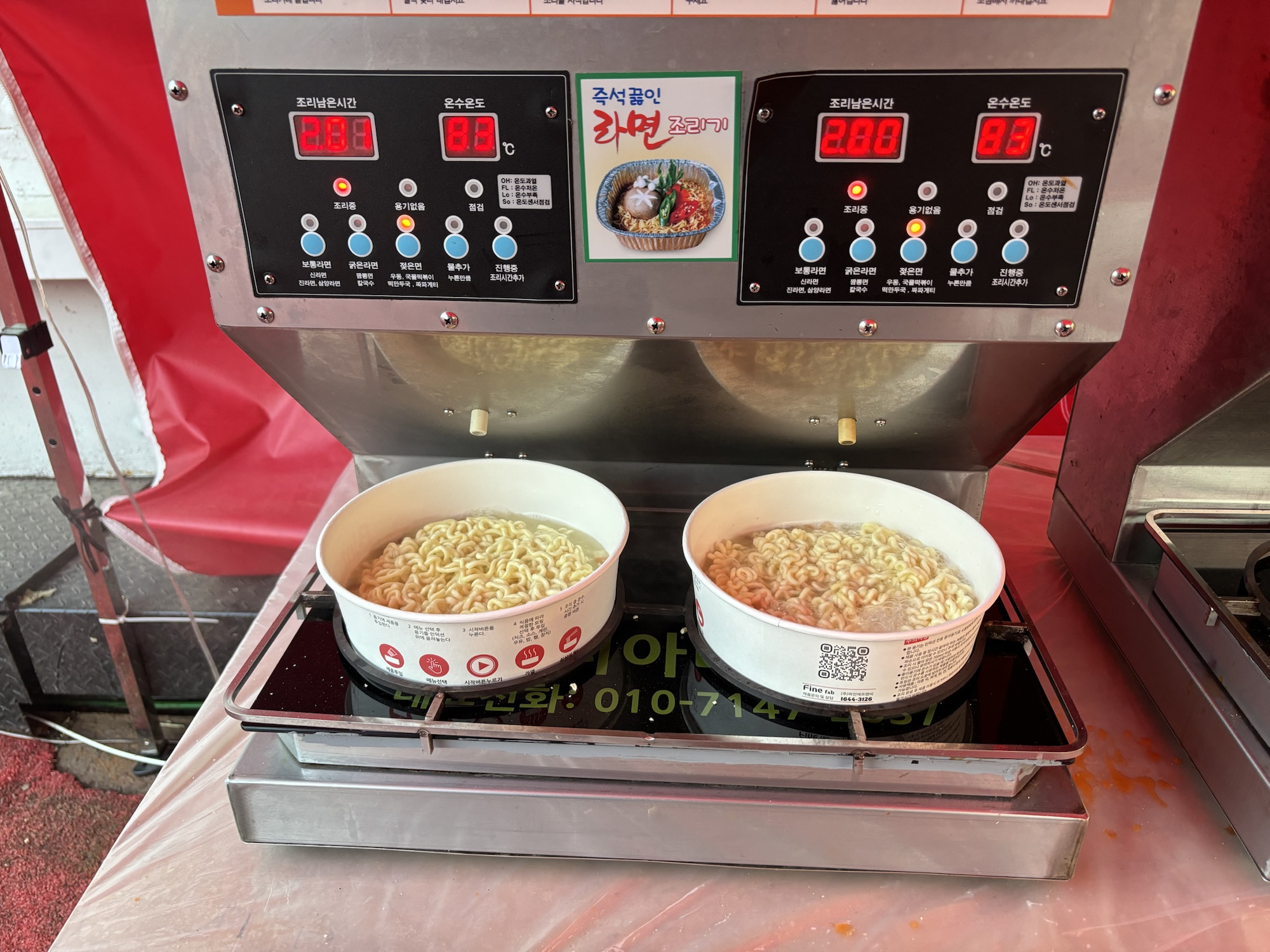
3. Cooking Process:
While everyone may have their own style, I typically follow this approach. In the usual method, you can add the ramen flakes and soup powder at this stage. From this point onwards, it’s crucial to keep an eye on the ramen and continuously stir the noodles. Moving them up and down, left and right, allows air to circulate, resulting in more resilient noodles. After this step, you’ll notice the desired texture starting to form.
4. Final Touches:
Continue stirring until there’s no remaining time showing on the machine!
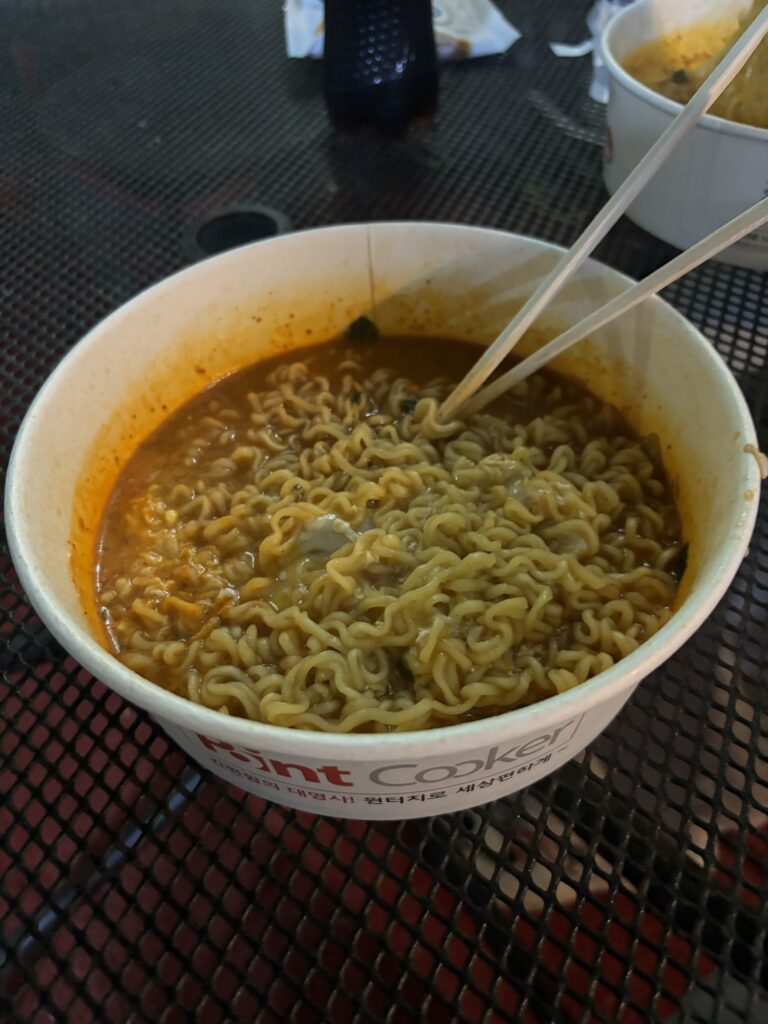
These are the basic tips for preparing Han River Ramen. Stay tuned for our next post, where we’ll delve into elevating your Han River Ramen experience by incorporating additional ingredients from the convenience store

Discover more from VNFLEX
Subscribe to get the latest posts sent to your email.